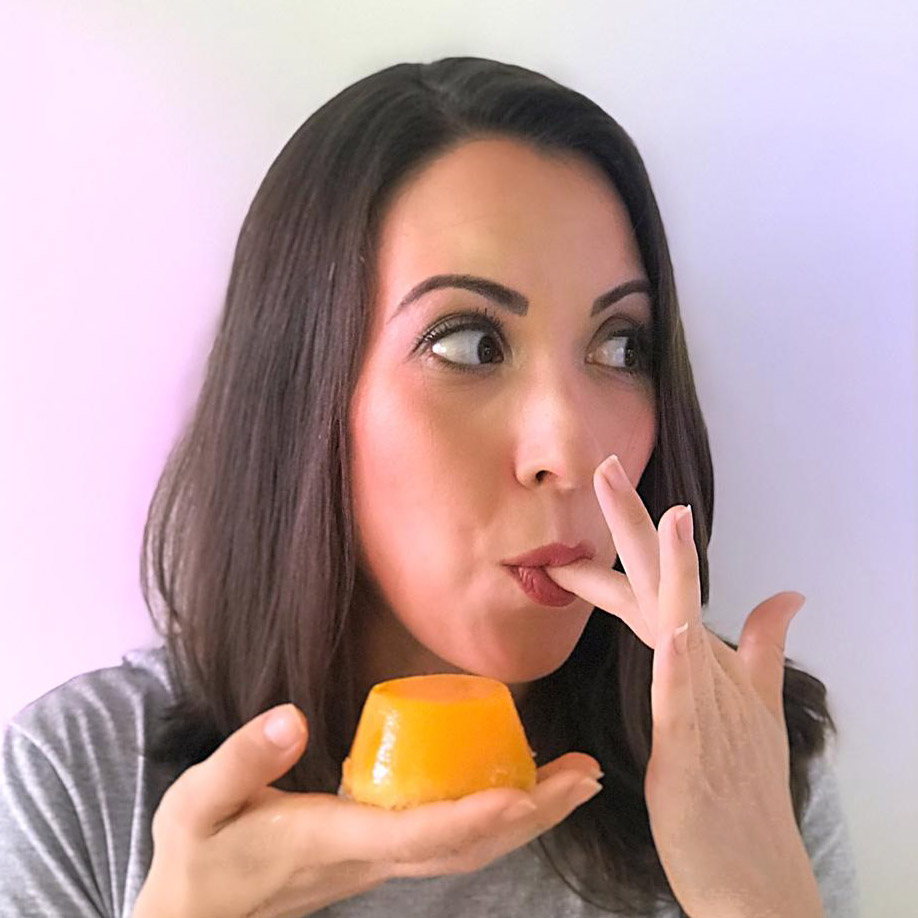The Two Great Pitfalls of the “Bad Food” Mentality
How do you measure weight loss progress?
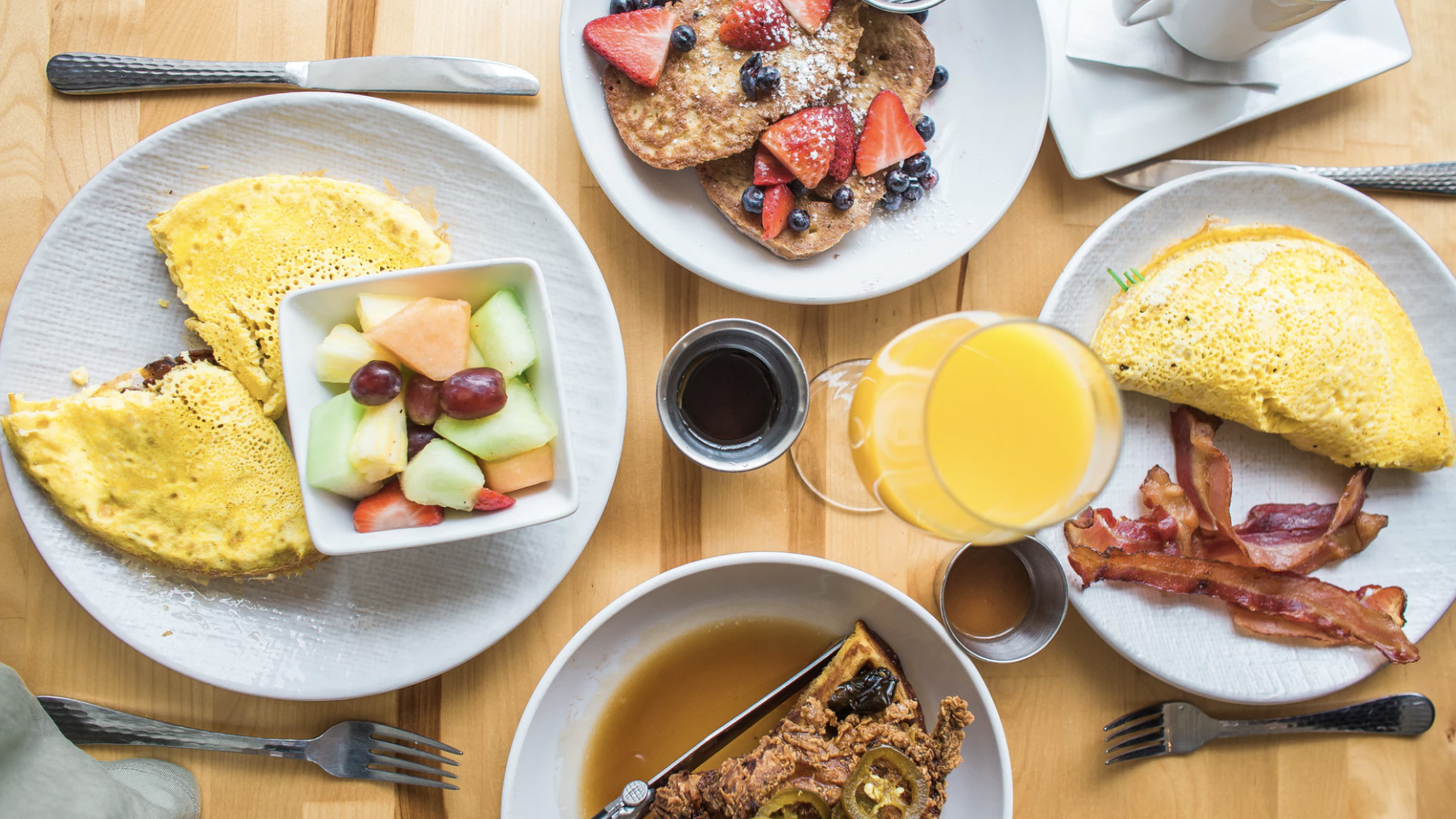
In the current and ever-growing situation of nutritional terrorism, it seems like second nature to label foods as good or bad, right or wrong, healthy or unhealthy — even fattening or slimming.
There are few people who do not feel guilty or embarrassed about eating chocolate, ice cream, and, or a slice of birthday cake — especially if it’s outside of the “socially acceptable” normal contexts, such as holidays, hot days, or birthday parties.
On the other hand, the people that do feel guilty, and label these foods as “bad foods” eaten outside of but not limited to these “socially acceptable events” embrace a feeling of guilt. Not only do they feel a sense of guilt, but rather a feeling of failure — the lack of willpower to maintain an impeccably healthy diet.
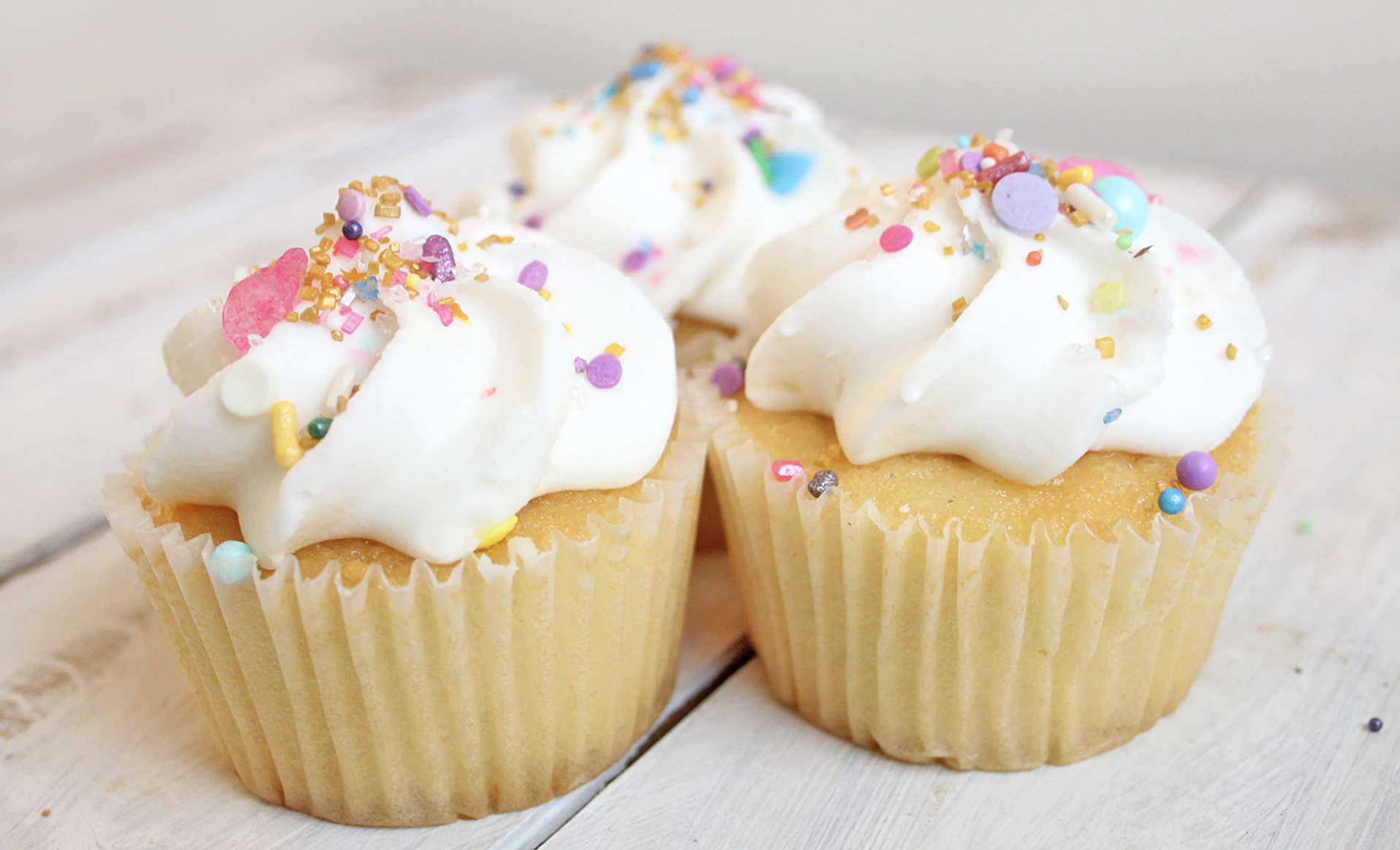
I spent most of my life in the willpower trap — believing that all I needed to lose weight was to eat less of the forbidden “bad foods” I loved so much. I’ll explain to you why you should abandon that mentality if you want to find peace with food and your body.
The rules and the “bad foods”
The first thing to consider is that my list of forbidden foods increased with every diet I tried. Quickly counting — if I tried at least two diets yearly and spent at least a decade on diets, you can imagine the length of my forbidden foods list!
For each diet, there was a list of different rules I prescribed myself — many of them even contradictory. At one point, eating felt like a real juggle. Below you’ll find my list:
- I should not eat gluten
- Sugar? No way
- Alcohol only on weekends — and only dry wine
- Sweets? No way
- Beef? Only without fat
- So can I eat bread now? It better be brown bread then
- Sweeteners aren’t safe anymore? Which sugar will be the better option? What about coconut sugar? It’s still sugar, right? Maybe I’ll stick to not sweetening then.
- What if wine is good for the heart, should I drink it daily?
- White cheese? Yellow cheese?
- Natural yogurt? Skimmed?
- Is milk poison?
What about the egg yolk? Has anyone decided whether it’s good or bad? As you can see, eating was really overwhelming.
I had so many rules when eating or deciding what to eat, that it was impossible to feel as if I was doing a good job. I felt so pressured that, invariably, I ended up mocking or ignoring my rules … once, twice, three times … until I lost everything I had conquered. And to me, that was a crime.

And that leads me to the first big pitfall of dividing food between good or bad.
1. The morality of this judgment extends to our character
It works as simple as this.
Chocolate is bad. I behaved badly because I ate chocolate.
Salad is good. I behaved well because I had a salad.
What you eat may be more or less nutritious and work better or worse for your goals, but it definitely does not reflect your character. The first problem with this way of thinking is that it relates your values as a human being to what you eat.
So here you have a gentle reminder:
Eating salad does not make you a good person. It makes you a person who eats salad. Eating nutritious foods do not add any special features that make you more fun, competent or happy. What really determines your kindness is the way you treat others, your intention to do the right thing, to be kind and nice.
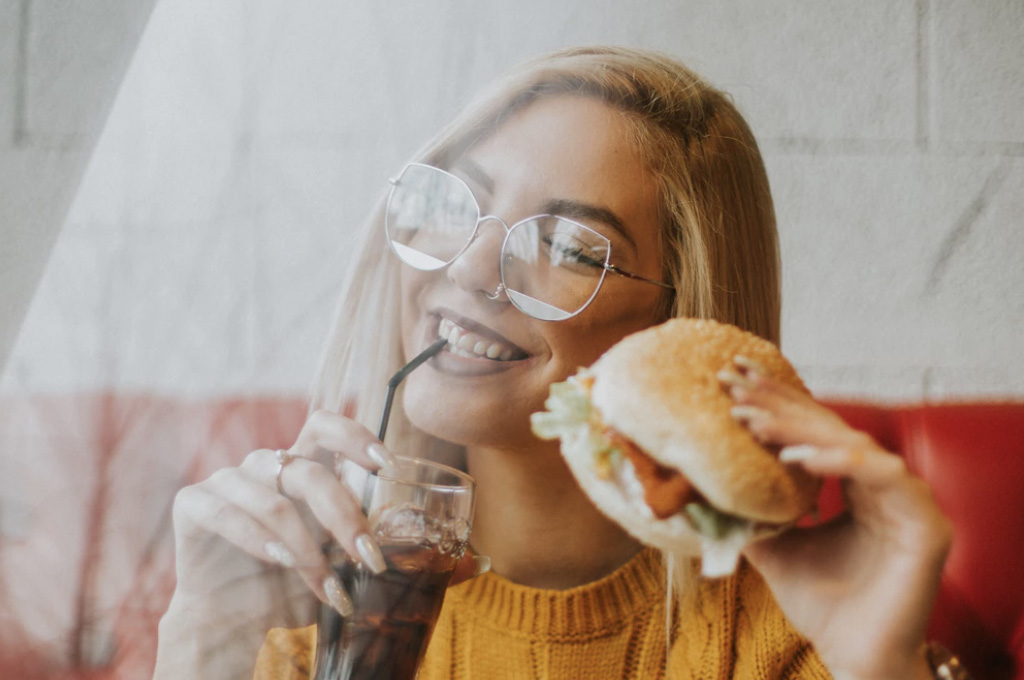
You’re not a better person either because you refrain from eating pizza. This perception of “good food = good person” only generates anguish and anxiety. Giving in to the idea of “bad food” leads to a sense of disappointment and a relentless will to repair the damage — aka, starting a super strong restriction tomorrow.
BUT… only tomorrow.
So today I’m going to enjoy it the MOST I can.
And this leads us to the second pitfall of the “bad food” mentality.
2. Dividing food into “good or bad” leads us to eat more of both
After all, if it is “good”, it’s harmless, no matter the amount. Nothing more obvious than picking up a little more to make sure you won’t get hungry — and risk eating something “bad.”
However, if it is “bad”, you believe that the minimum amount will be fattening — and you get what I call the “since I ate” mentality.
Since I ate chocolate — and chocolate is bad and forbidden — I’d better have some ice cream, make some popcorn, order a pizza later, and eat more ice cream for dessert. And since I ate all of that, it is better to eat all the sugar in the house, so I’ll be safe tomorrow.
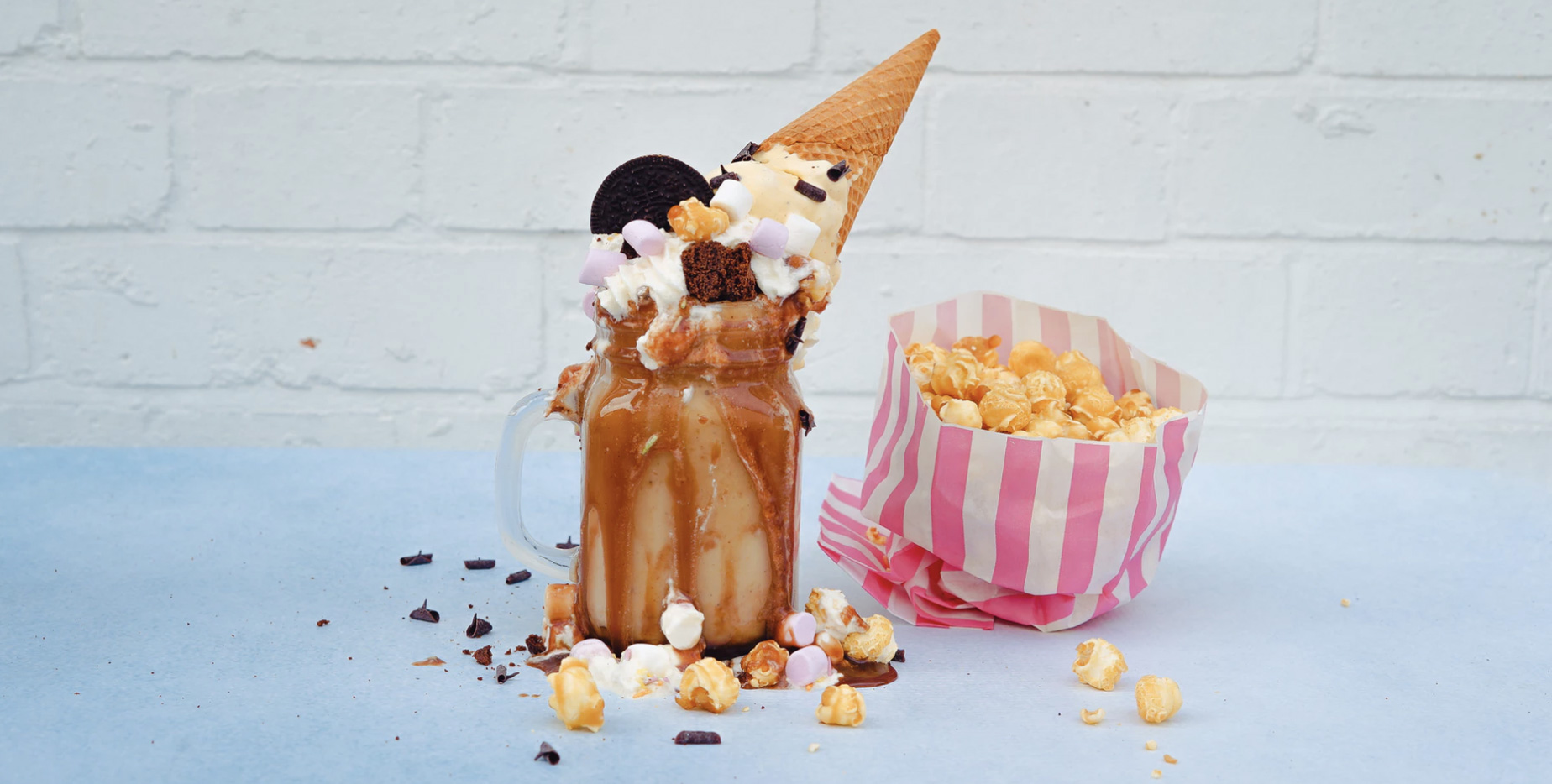
It seems the most obvious thing to do — at least that’s what the diet mentality leads you to believe.
But if you had just bought a Chinese dinner set and chipped a dish in an accident, would you throw it on the floor? Would you break all other dishes out of anger at yourself?
I bet you wouldn’t.
It is the “bad food” mentality that keeps you stuck in this cycle of overeating, making you doubt your body and your sanity.
Instead of thinking about whether food is good or bad, think about what your body needs now. Nourishing your body well does not mean simply “eating clean”.
What do you really want to eat?
What will satisfy you?
What will make you feel good?
What energizes you and makes you feel better?
Pay attention to what your body tells you. It knows exactly what to do.
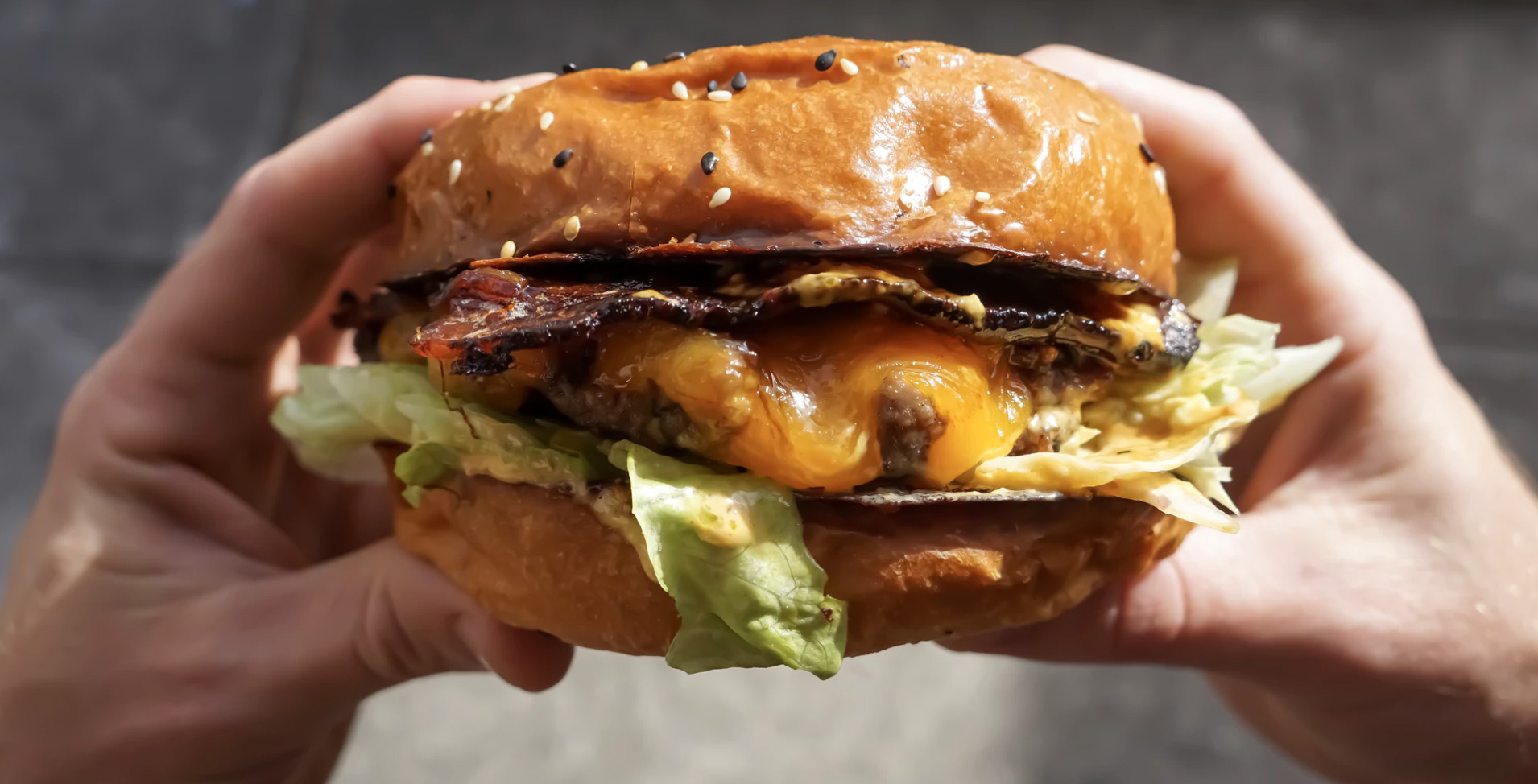
I am a Brazilian girl (living in Sao Paulo with my fiancé — and other 20 million people). I love coffee, books, and good food. I also really enjoy studying and learning new things that allow me to further develop myself both professionally and personally. I have a degree in Food Science and hold a Ph.D. in Agri-food Marketing. In addition, I am a Certified Nutrition Coach and an enthusiastic Nutrition student.
After 15 years of living in war with my body and with food, I found freedom through mindfulness and intuitive eating, practices that allowed me to overcome yo-yo dieting and binge eating.
I’m passionate about helping women rewrite their food and body histories so they feel free and confident to live their lives to the fullest.
There is a power that comes alive when women free themselves from the food prison in which they have learned to live, when they realize that they are capable and deserving of feeling fantastic in their own bodies, and that confidence is a state of mind — not a body lotion which you get the right to use when you reach a weight-loss goal.
My work is dedicated to nurturing, celebrating and sharing this message.
